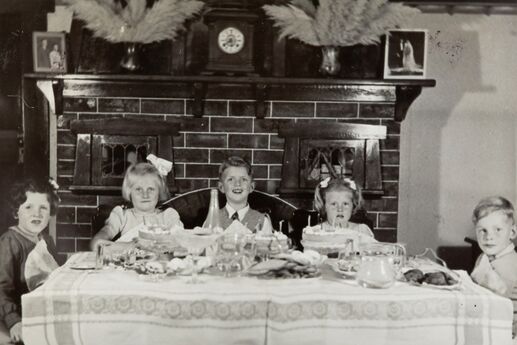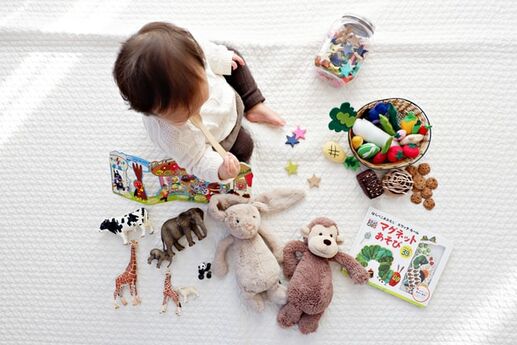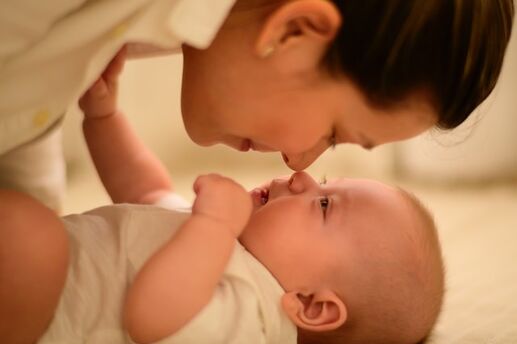Tips for Eating Out With Your Baby
Tempted to cancel all your dinner plans until your child turns 10? Turns out that going to a restaurant with your new baby in tow is doable and even enjoyable. All you need is a little prep work and some mommy must-haves for eating out with your baby.
Pre-dining research
Before taking your baby out for a meal, check on which restaurants cater to families and are baby-friendly. You probably wouldn’t want to dine with your little one at a restaurant that’s really formal. Look for a place nearby that is casual and lively (but not too loud) and used to having babies as their clientele.
High chair hygiene
Many restaurants keep high chairs on hand, which seems great until you stumble upon one that’s coated in grime. To avoid spending the entire meal worried about the germs your new baby could pick up, bring along plenty of baby wipes. They’re ideal for mopping baby food or spaghetti off your child’s face and hands as well as for cleaning off dirty tables and high chairs.
Extra food
Your baby won't be ordering from the menu just yet, so you'll need to bring food or feed your little one beforehand to avoid hunger meltdowns. Fed ahead of time, a younger baby might even sleep right through your meal! If you have an older tot, keep snacks like crackers on hand to pacify him while he waits for the food to arrive.
Small toys
Pack some small baby toys so you have something to entertain your baby with once sifting through sugar packets gets old. A baby book, soft animal, or squeeze toys are perfect for banging on the table without making too much noise. Your tot -- as well as your fellow patrons -- will thank you for your packing foresight.
Bibs and baby-proof dinnerware
Your child is a messy eater by design, so you’ll want to bring a bib when eating out with your baby. Wipe-off or disposable bibs make for an easy cleanup. If the bib is reusable, consider storing it in a plastic baggie after meals. It’s also smart to carry a baby spoon and bowl in case your little guy gets the urge to toss his (very breakable) restaurant china off the table.
Eating out with your baby can be enjoyable when you’re prepared. But even all the forethought in the world can’t prevent some meltdowns. So be ready to duck outside for a while or ask for your check early if your new baby decides he’d rather be eating at home. After all, once your child is slightly older, you’ll have plenty of time for relaxing family meals at a restaurant.
Photo by Museums Victoria on Unsplash







